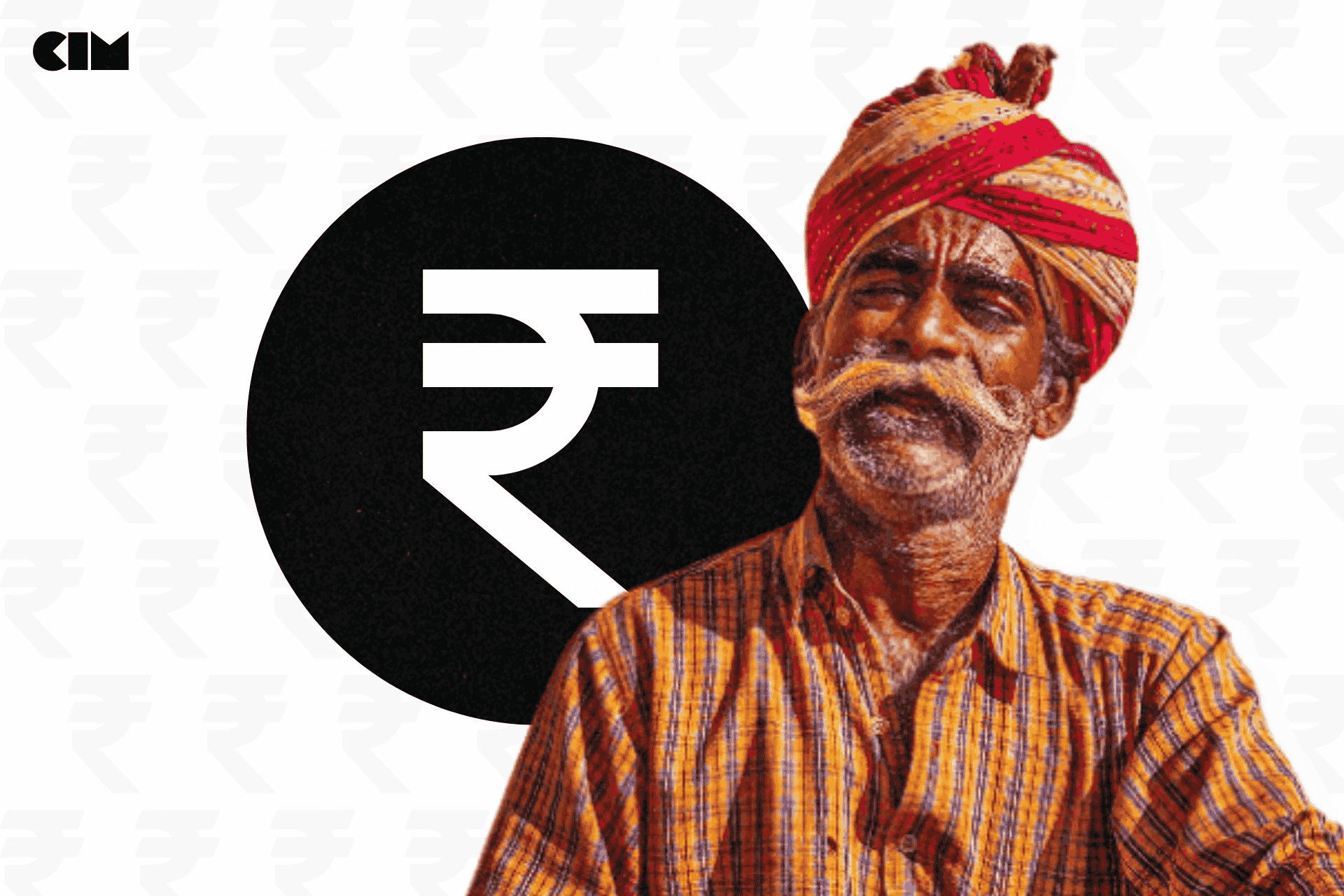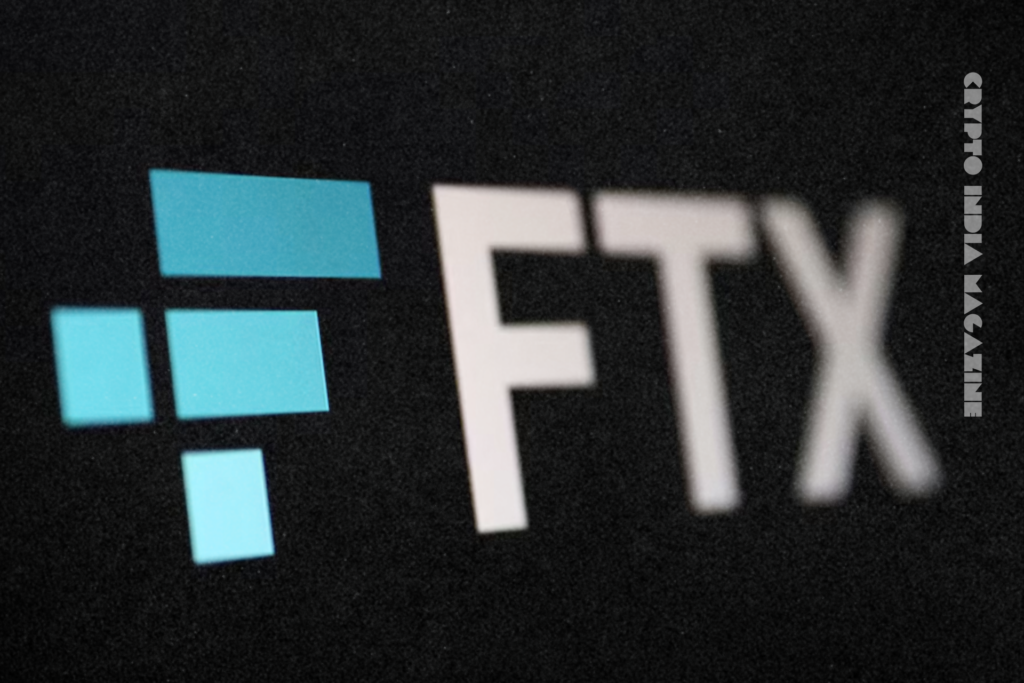Now Reading: Hashtag Web3 Releases a Collaborative Report on India’s Digital Currency
-
01
Hashtag Web3 Releases a Collaborative Report on India’s Digital Currency

Hashtag Web3 Releases a Collaborative Report on India’s Digital Currency
- Hashtag Web3’s report highlights the Digital Rupee’s potential to revolutionize financial inclusion and transform India’s digital economy.
- The report underscores the offline capabilities and privacy concerns of the CBDC while exploring its impact on rural unbanked populations and global competitiveness.
Hashtag Web3 has released its much-anticipated report, Central Bank Digital Currency in India, offering a comprehensive analysis of the country’s progress toward adopting the Digital Rupee. Drawing insights from over 30 industry experts and the Web3 community, the report sheds light on the potential of a Central Bank Digital Currency (CBDC) to revolutionize financial inclusion, digital payments, and economic growth.
The Digital Rupee builds on the success of the Unified Payments Interface (UPI), which has cemented India’s position as a global leader in digital transactions. UPI’s massive adoption, with over 15 billion transactions processed in September 2024, has paved the way for the next evolution in digital finance.
A standout feature of the report is its focus on financial inclusion. The Digital Rupee’s offline capabilities aim to bridge the gap for India’s unbanked population, particularly in rural areas. Nearly 19 crore individuals remain outside the formal banking system, and a CBDC could offer them a secure and accessible financial tool.
“India has already led a digital payments revolution with UPI, and the introduction of a CBDC has the potential to further transform and strengthen the country’s financial system,” said Vedang Vatsa, Founder of Hashtag Web3.
“This report is a collaborative effort, combining data-driven insights and expert voices from across our community.”
As pilot programs for both retail (CBDC-R) and wholesale (CBDC-W) use continue, early results are promising. With over 5 million users and 420,000 merchants participating, feedback indicates the Digital Rupee’s potential to enhance speed and efficiency in everyday transactions, even in areas with limited internet access.
The report also addresses concerns surrounding privacy and the impact on traditional banking. It emphasizes the need for a balanced approach that safeguards individual privacy while leveraging transparency to build trust in the system. Additionally, the shift from traditional bank deposits to CBDC wallets could pose challenges for liquidity and lending, requiring careful regulatory measures.
By situating India’s CBDC journey within a global framework, the report highlights parallels with initiatives like China’s digital yuan. This comparative analysis underscores the opportunity for India to lead in innovation while learning from international experiences.








